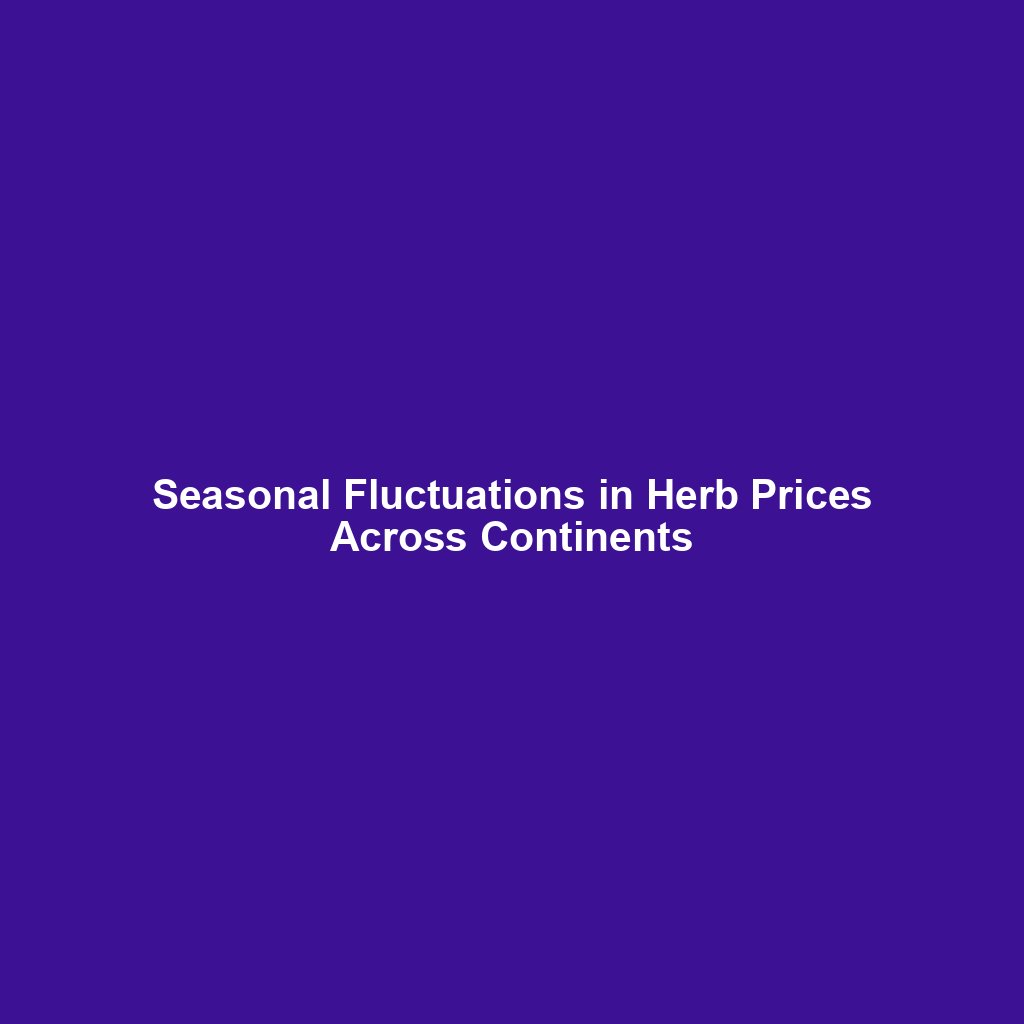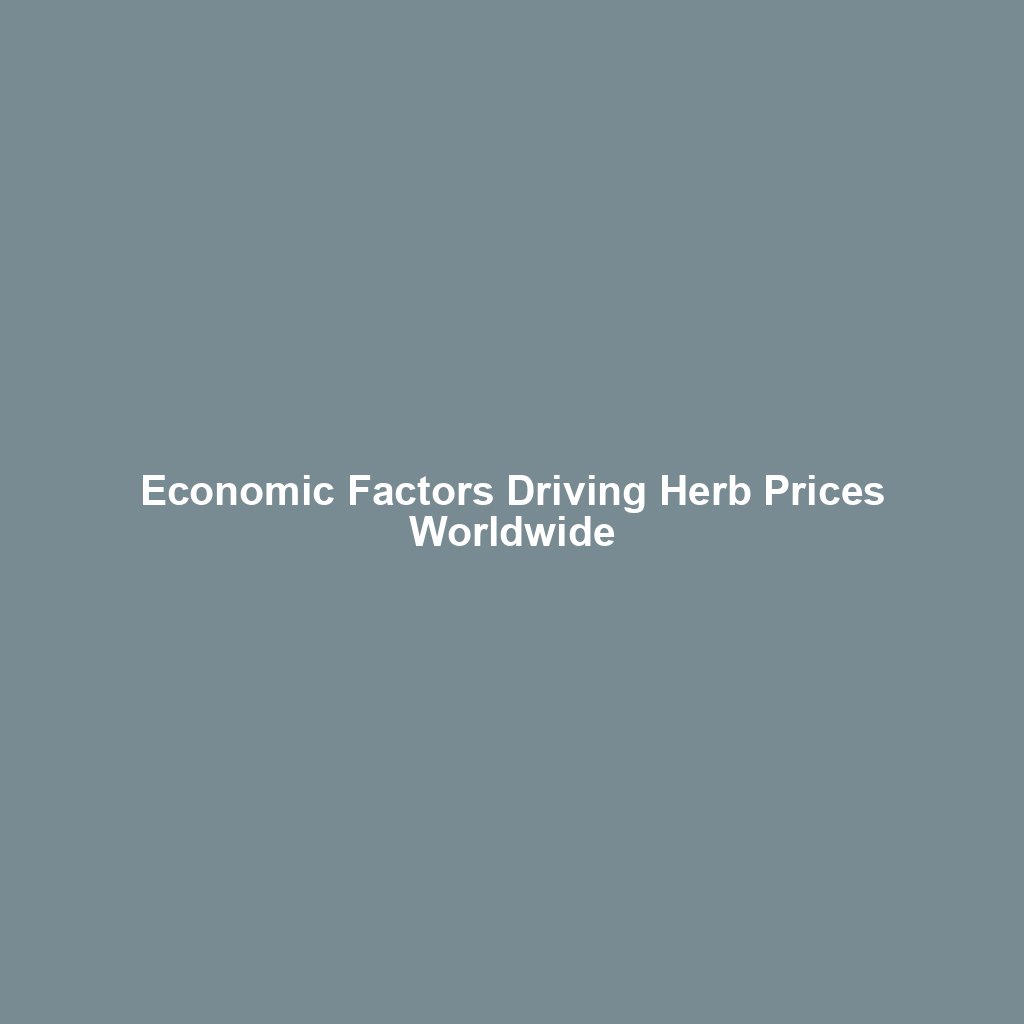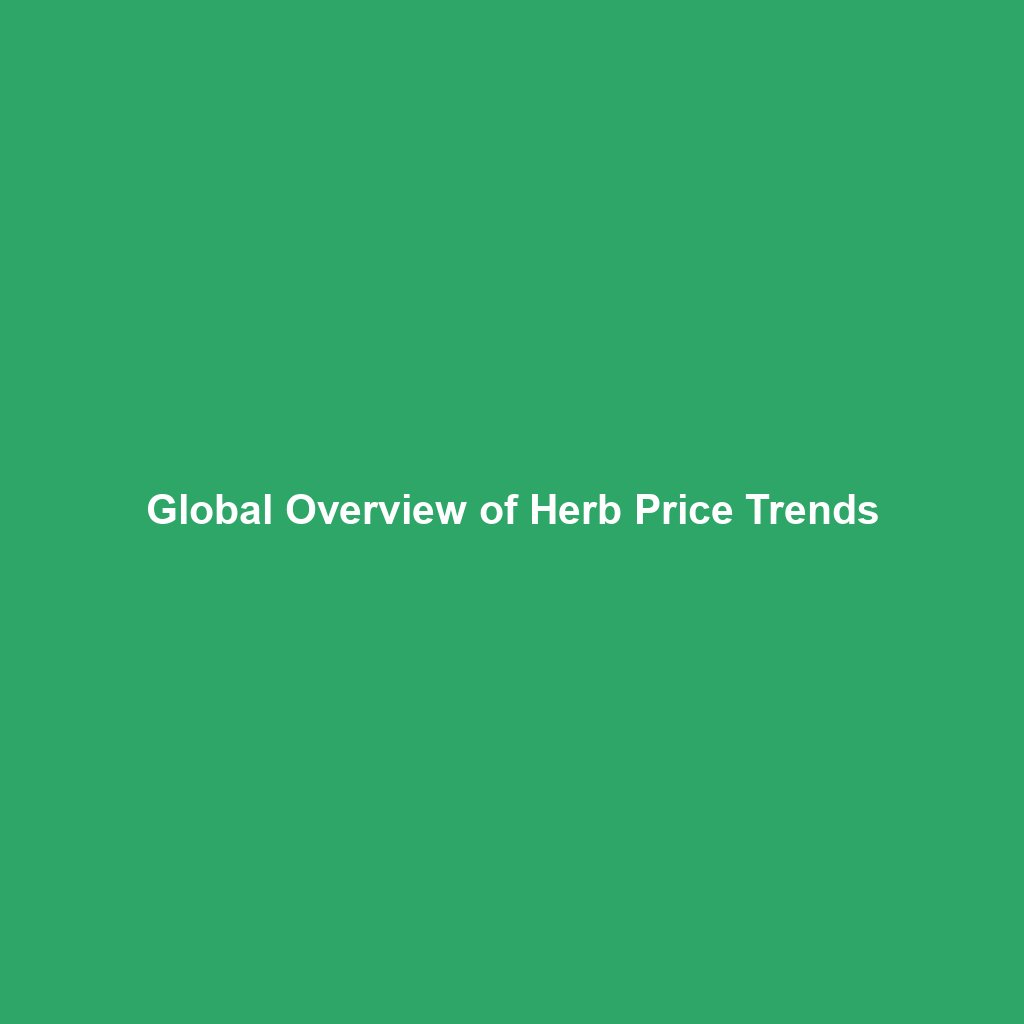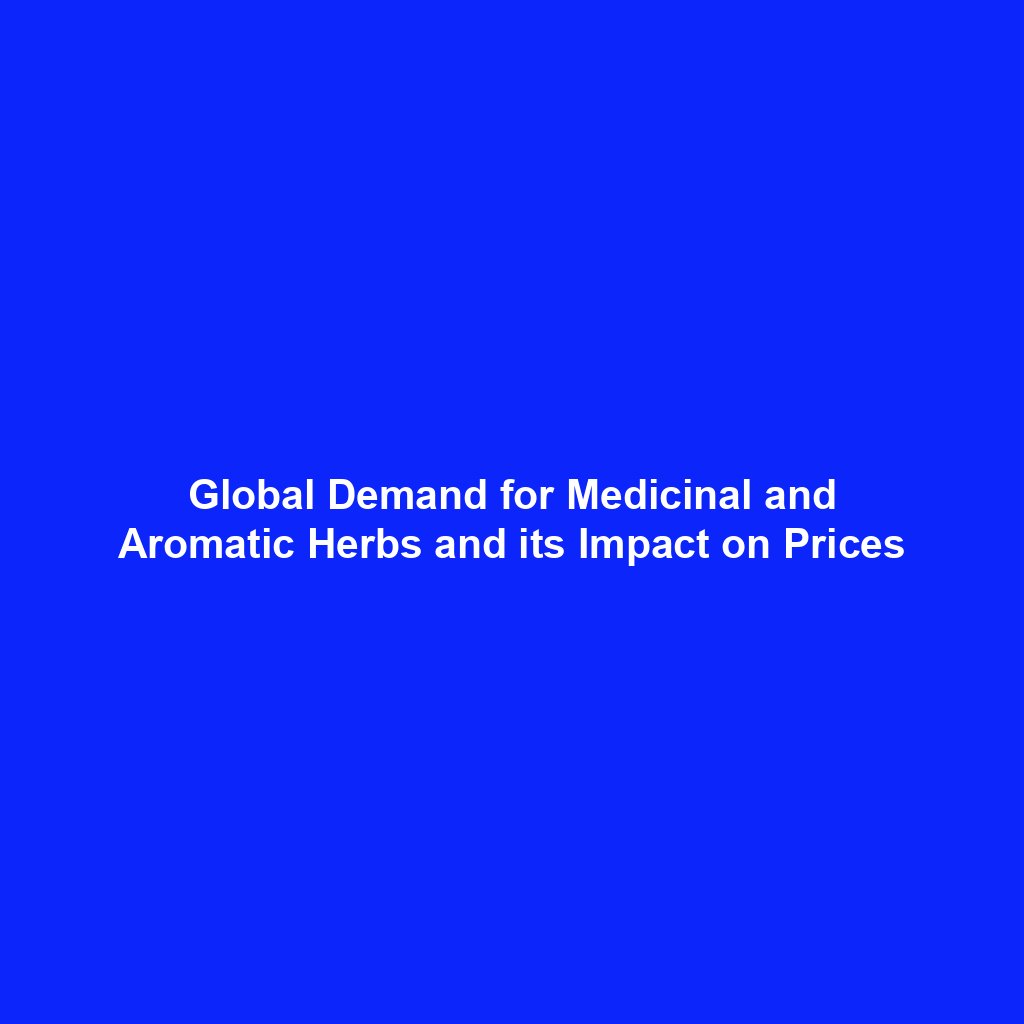
Introduction
Agriculture has always been a cornerstone of human civilization, providing the essential resources needed for survival and economic development. In recent years, the agricultural sector has seen significant advancements, particularly in the realm of indoor and outdoor farming. This article delves into the comparative study of indoor vs. outdoor plant prices, exploring the factors that influence these prices and the implications for farmers, consumers, and the broader economy.
Chapter 1: Understanding Indoor and Outdoor Agriculture
1.1 The Basics of Indoor Agriculture
Indoor agriculture, also known as controlled environment agriculture (CEA), involves growing plants within a controlled environment. This can include greenhouses, vertical farms, and other indoor facilities where factors such as temperature, humidity, light, and nutrients are meticulously managed. The primary advantage of indoor farming is the ability to produce crops year-round, regardless of external weather conditions. This method also allows for higher yields and reduced water usage compared to traditional farming.
1.2 The Basics of Outdoor Agriculture
Outdoor agriculture, on the other hand, relies on natural environmental conditions to grow crops. This traditional method of farming has been practiced for millennia and involves planting crops in open fields where they are exposed to natural sunlight, rain, and other weather elements. While outdoor farming is generally less expensive in terms of initial setup costs, it is more susceptible to environmental risks such as droughts, floods, and pests.
1.3 Key Differences Between Indoor and Outdoor Agriculture
Several key differences distinguish indoor and outdoor agriculture. These include:
- Environmental Control: Indoor farming offers precise control over growing conditions, while outdoor farming is subject to natural weather patterns.
- Resource Usage: Indoor farming typically uses less water and can recycle nutrients more efficiently, whereas outdoor farming relies on natural rainfall and soil quality.
- Yield and Productivity: Indoor farming often results in higher yields due to optimized growing conditions, while outdoor farming yields can vary based on environmental factors.
- Initial Investment: Indoor farming requires significant initial investment in infrastructure and technology, whereas outdoor farming has lower startup costs but higher ongoing risks.
Chapter 2: Factors Influencing Plant Prices
2.1 Cost of Production
The cost of production is a major factor influencing plant prices in both indoor and outdoor agriculture. For indoor farming, the costs include expenses related to building and maintaining controlled environments, such as lighting, heating, cooling, and irrigation systems. Additionally, indoor farms often require advanced technology and automation to monitor and manage growing conditions, further driving up costs.
In contrast, outdoor farming costs are primarily associated with land acquisition, soil preparation, seeds, fertilizers, and labor. While these costs can be significant, they are generally lower than the initial setup costs for indoor farming. However, outdoor farmers must also contend with the unpredictability of weather and potential crop losses due to environmental factors, which can impact overall profitability.
2.2 Market Demand
Market demand plays a crucial role in determining plant prices. Consumer preferences for certain types of plants, such as organic or locally grown produce, can drive up prices. Additionally, trends in health and wellness, sustainability, and food security can influence demand for specific crops, affecting their market value.
Indoor farming can cater to niche markets by producing specialty crops that may not be feasible to grow outdoors due to climate constraints. This ability to meet specific market demands can result in higher prices for indoor-grown plants. Conversely, outdoor farming often focuses on staple crops that are in consistent demand, but prices can fluctuate based on seasonal availability and competition from other producers.
2.3 Supply Chain and Distribution
The supply chain and distribution network also impact plant prices. Indoor farms, often located closer to urban centers, can reduce transportation costs and deliver fresher produce to consumers. This proximity to markets can result in higher prices for indoor-grown plants due to their perceived quality and freshness.
Outdoor farms, typically located in rural areas, may face higher transportation costs and longer distribution times, which can affect the final price of their produce. Additionally, outdoor farmers may need to invest in storage facilities to preserve crops and prevent spoilage, further influencing costs and prices.
2.4 Environmental and Regulatory Factors
Environmental and regulatory factors can also affect plant prices. Indoor farming, with its controlled environment, is less impacted by adverse weather conditions, reducing the risk of crop failure and price volatility. However, indoor farms must comply with regulations related to energy usage, waste management, and food safety, which can add to operational costs.
Outdoor farming is more vulnerable to environmental risks such as droughts, floods, and pest infestations, which can lead to crop losses and price fluctuations. Additionally, outdoor farmers must adhere to regulations regarding pesticide use, water management, and land conservation, which can influence production costs and prices.
Chapter 3: Comparative Analysis of Indoor vs. Outdoor Plant Prices
3.1 Price Trends and Patterns
Analyzing price trends and patterns for indoor and outdoor plants reveals several key insights. Indoor-grown plants often command higher prices due to their consistent quality, year-round availability, and ability to meet specific market demands. These factors make indoor farming an attractive option for producing high-value crops such as herbs, leafy greens, and specialty vegetables.
Outdoor-grown plants, while generally less expensive, can experience significant price fluctuations based on seasonal availability and environmental conditions. Staple crops such as grains, fruits, and root vegetables are typically grown outdoors and may have lower prices due to economies of scale and competition from other producers.
3.2 Case Studies and Examples
Several case studies highlight the differences in plant prices between indoor and outdoor farming. For example, a study comparing the prices of indoor-grown lettuce to outdoor-grown lettuce found that indoor lettuce was consistently priced higher due to its superior quality and year-round availability. Similarly, indoor-grown herbs such as basil and mint often fetch higher prices in the market compared to their outdoor counterparts.
Another example is the production of strawberries. Indoor-grown strawberries, produced in vertical farms or greenhouses, are available year-round and are often sold at a premium price due to their consistent quality and reduced pesticide use. In contrast, outdoor-grown strawberries are typically seasonal and may have lower prices during peak harvest periods but higher prices during off-seasons.
3.3 Economic Implications
The economic implications of indoor vs. outdoor plant prices are significant for farmers, consumers, and the broader economy. For farmers, the choice between indoor and outdoor farming depends on factors such as initial investment, market demand, and risk tolerance. Indoor farming offers the potential for higher profits due to premium prices, but it requires substantial capital and technological expertise. Outdoor farming, while less expensive to start, carries higher risks and potential price volatility.
For consumers, the availability of both indoor and outdoor-grown plants provides a range of options in terms of price, quality, and seasonality. Consumers may be willing to pay a premium for indoor-grown produce due to its perceived freshness and sustainability, while outdoor-grown produce may be more affordable and accessible.
At the macroeconomic level, the growth of indoor farming can contribute to food security by providing a reliable source of fresh produce year-round. It can also stimulate economic development through the creation of high-tech agricultural jobs and the establishment of urban farming enterprises. However, the expansion of indoor farming must be balanced with considerations of energy usage and environmental impact to ensure sustainable growth.
Chapter 4: Future Trends and Innovations
4.1 Technological Advancements
Technological advancements are driving the future of both indoor and outdoor agriculture. Innovations in LED lighting, hydroponics, and automation are making indoor farming more efficient and cost-effective. These technologies enable precise control over growing conditions, resulting in higher yields and reduced resource usage.
In outdoor farming, advancements in precision agriculture, such as GPS-guided equipment, drones, and data analytics, are helping farmers optimize their operations and improve crop yields. These technologies allow for more efficient use of inputs such as water, fertilizers, and pesticides, reducing costs and environmental impact.
4.2 Sustainable Practices
Sustainability is a key focus for the future of agriculture. Indoor farming offers several sustainability benefits, including reduced water usage, minimized pesticide use, and the ability to grow crops in urban areas, reducing transportation emissions. However, indoor farms must address challenges related to energy consumption and waste management to ensure long-term sustainability.
Outdoor farming is also adopting more sustainable practices, such as regenerative agriculture, which focuses on soil health, biodiversity, and carbon sequestration. These practices can improve the resilience of outdoor farms to environmental challenges and enhance the sustainability of food production.
4.3 Policy and Regulation
Policy and regulation will play a crucial role in shaping the future of indoor and outdoor agriculture. Governments can support the growth of indoor farming through incentives for renewable energy use, research and development funding, and streamlined regulatory processes. Policies that promote sustainable practices and resource efficiency can also benefit both indoor and outdoor farmers.
Regulations related to food safety, environmental protection, and labor standards will continue to impact the agricultural sector. Ensuring that these regulations are balanced and supportive of innovation will be essential for the continued growth and sustainability of both indoor and outdoor farming.
Conclusion
The comparative study of indoor vs. outdoor plant prices reveals a complex interplay of factors influencing the agricultural sector. While indoor farming offers the potential for higher prices and year-round production, it requires significant investment and technological expertise. Outdoor farming, with its lower initial costs and reliance on natural conditions, faces challenges related to environmental risks and price volatility.
Understanding the factors that influence plant prices, including production costs, market demand, supply chain dynamics, and regulatory considerations, is essential for farmers, consumers, and policymakers. As technological advancements and sustainable practices continue to evolve, the future of agriculture will likely see a greater integration of indoor and outdoor farming methods, each contributing to a resilient and diverse food system.



